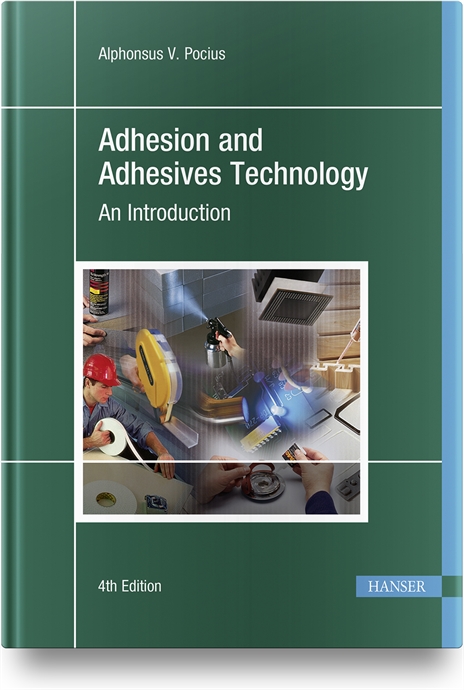As a senior research scientist at Sauder Woodworking Co. in Archbold, OH, John Beck has dealt with many surface treatment challenges. His first one took place in the 1980s and involved the need to improve adhesion on laminate furniture. After some testing, Beck and his team learned that a corona treater from Enercon Industries Corp. can increase the surface energy of substrates to enhance lamination adhesion.
Thirty years later, Beck again turned to the corona treater to solve laminate adhesion problems—this time related to decorative eucalyptus paper and polypropylene films. The first challenge stems from the fact that this lightweight paper often has inconsistent hydrophobic properties. Sauder uses Enercon’s CoronaFlex treater to clean, micro etch and functionalize surfaces and ensure consistent adhesion of the paper. The company also relies on this 27-inch-wide machine to treat polypropylene films on its profile wrapping lines.
An intuitive touch screen makes it easy to operate the treater and adjust its power setting. The screen even logs faults and provides troubleshooting guides.
“When you observe a surface treater in action, your naked eye will not see any change to the surface after treatment,” notes Beck. “This means your operators may not understand the importance of getting the treatment right.”
Sauder, therefore, makes it a priority to train its employees so they fully understand the science of surface treatment, further ensuring production consistency.
Ideally, surface treating should always take place immediately prior to printing, coating and laminating to maximize surface activation. Equally important, it is sometimes required to achieve proper adhesion.
For example, Sauder recently discovered during its 360-degree profile-wrapping process that it has to surface treat low-energy, polyolefin-laminated drawer edges with ion plasma before they can be wrapped using hot-melt chemistry. Beck first tried to apply the film without treatment, and delamination was almost instantaneous. He then treated the drawer with Enercon’s Blown Ion plasma treater, and the film bonded securely.
“Anyone who watched the trial could instantly see the effectiveness of the plasma treatment,” recalls Beck. “It was like night and day.”
The ion plasma treater strikes the surface with a concentrated discharge of ions at high speed to facilitate a micro-etching or scrubbing that removes organic and inorganic contaminants. This method successfully changes the mechanical and chemical properties of a surface without changing its substrate morphology. The plasma treater also cleans the surface and initiates cross-linking effects. It is easy to use and inexpensive to operate.
For specialized applications involving wider products, Sauder uses Enercon’s high-velocity flame plasma treaters. These units provide advanced air-gas ratio control and a consistent flame over the entire power adjustment range. Switches mounted to the air and gas lines detect adequate pressure, while flame relays and solenoid valves ensure consistent and safe operation. Manual, volumetric and mass flow control are available.
An intense blue flame plasma is formed when the air-gas mixture is ignited at the PowerFlame burner. Species in the plasma affect the electron distribution and density on the surface, resulting in polarization through oxidation. The plasma also adds deposits on the surface that promote wetting and adhesion of adhesives, paints and inks.
For more information on surface treatment equipment, call 262-255-6070 or visit www.enerconind.com.









